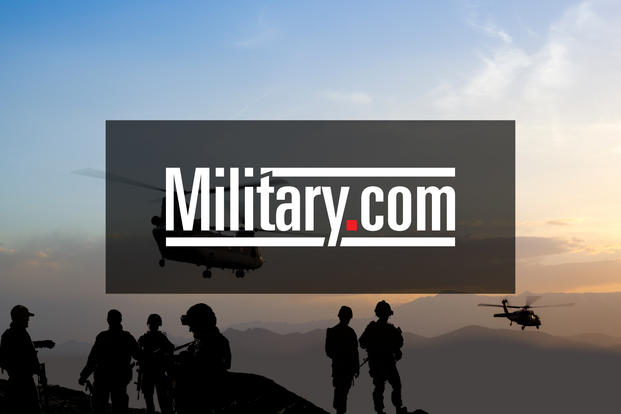Afghanistan has lots of desert and little forest, but the country's then-minister of defense liked a forest-pattern camouflage uniform that came with zippers, rather than cheaper buttons.
The result was that the U.S. ended up paying up to $28 million more for the forest-pattern uniform than it would have for the desert pattern already in use, according to a report by the office of the Special Inspector General for Afghan Reconstruction (SIGAR) released Wednesday.
"They picked the pattern based on a fashion preference, not by experts, but by the minister of defense (Abdul Rahim Wardak)," John Sopko, the SIGAR chief, told The New York Times. "That was a dumb decision."
Defense Department officials cited in the SIGAR report said Wardak chose the pattern from uniform styles he saw online. The pattern was created and owned by the Canadian company HyperStealth Biotechnology Corp.
HyperStealth had proprietary rights to the design, requiring contractors producing the uniforms to pay a fee to the company and thus making the uniforms more expensive, the report said.
"Between November 2008 and January 2017, DoD spent approximately $93.81 million for 1,364,602 uniforms (one shirt and one pair of pants) and 88,010 extra pairs of pants for the ANA (Afghan National Army) that were made using a proprietary camouflage pattern," the SIGAR report said.
"We found the proprietary-patterned uniforms were up to 43 percent more expensive than similar non-proprietary patterned uniforms used by the ANP (Afghan National Police), which potentially added between $26.65 million and $28.23 million to the costs of the ANA uniform procurements since 2008," the report said.
SIGAR said the Pentagon "was unable to provide us with documentation" to show that the forest-pattern uniform was essential to the requirement for ANA uniforms, and "unable to provide market research indicating that other companies' similar products were inadequate to meet DoD's requirements for ANA uniforms."
SIGAR said DoD officials have "expressed general agreement" with the report and concurred with SIGAR's suggestion to conduct a cost-benefit analysis of uniform purchases.
-- Richard Sisk can be reached at Richard.Sisk@Military.com.






























